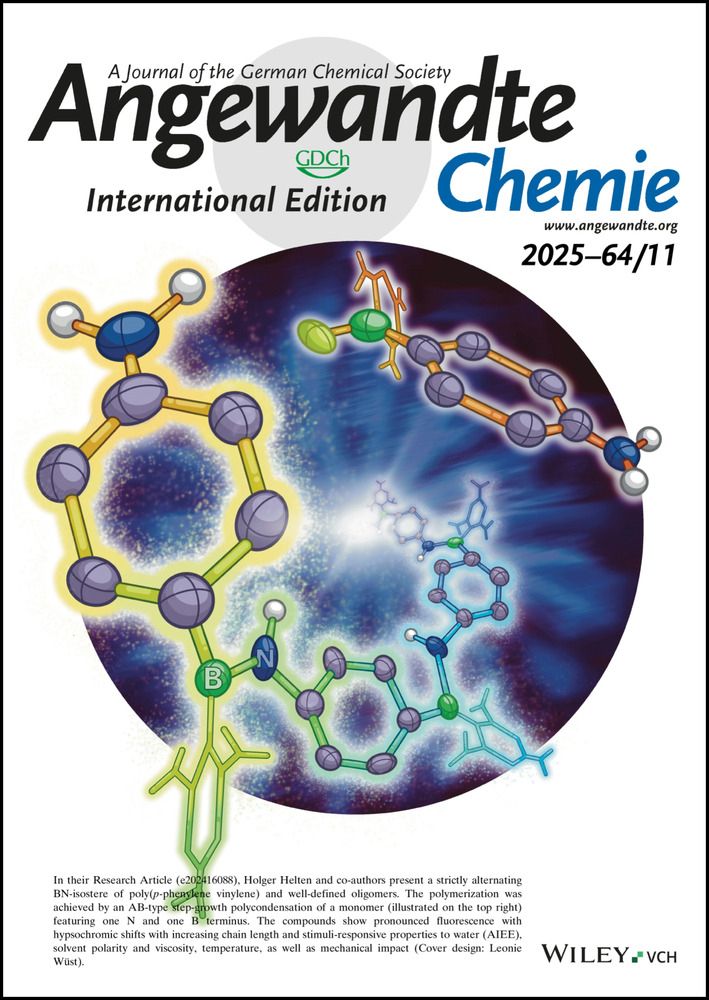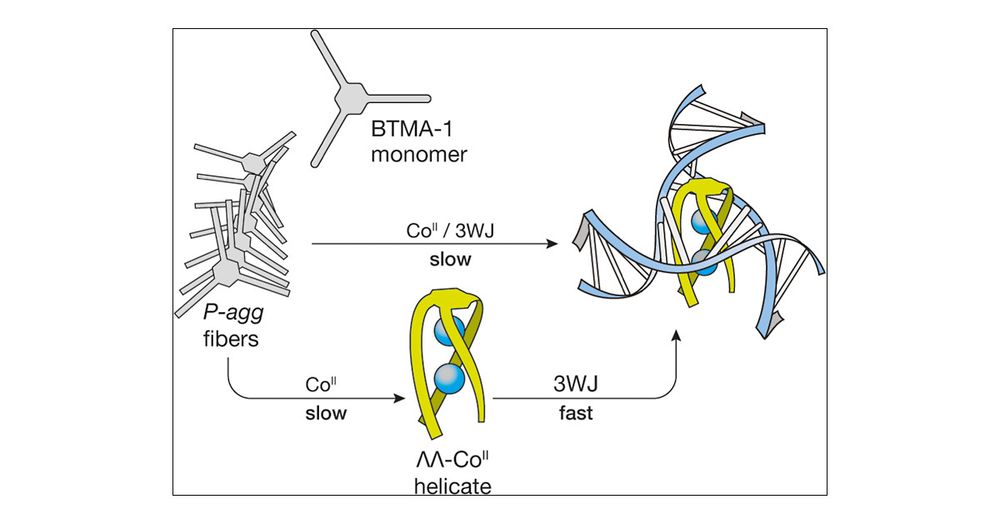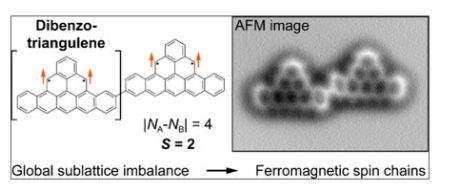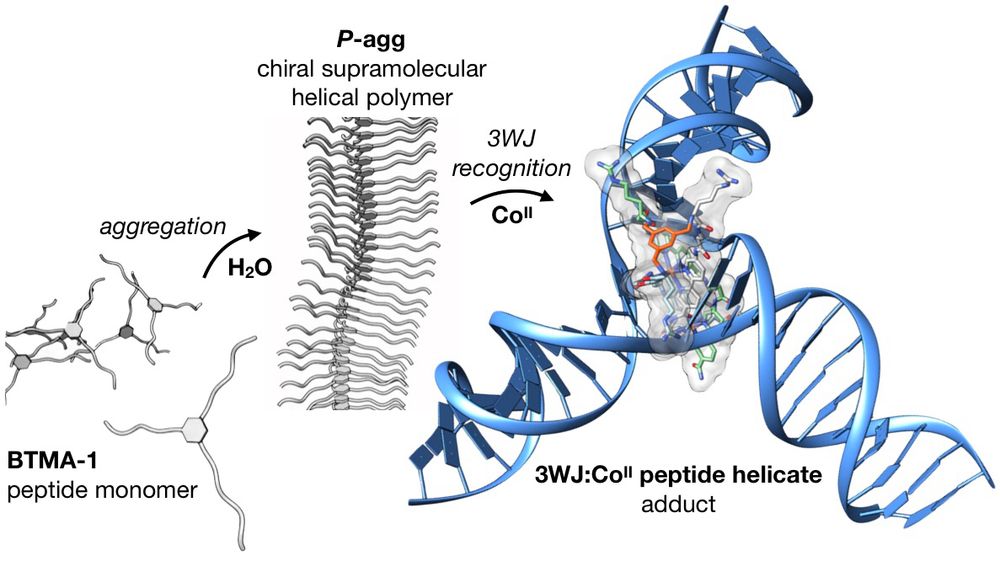Félix Freire
@felixfreirelab.bsky.social
200 followers
140 following
6 posts
CHIRALITY
SUPRAMOLECULAR AND POLYMER CHEMISTRY—Helix—
www.felixfreire.com
Full Professor Universidade de Vigo
CINBIO
Posts
Media
Videos
Starter Packs
Reposted by Félix Freire
CiQUS
@ciqus.bsky.social
· Jul 23

A molecular system with potential to target DNA structures associated with cancer
During DNA replication, the classic double helix can temporarily rearrange into an alternative structure known as a DNA three-way junction (3WJ). These configurations form a well-defined central
www.usc.es
Reposted by Félix Freire
Félix Freire
@felixfreirelab.bsky.social
· Dec 30

Consecutive Complex Aggregation Pathway in Covalent Helical Polymer‐Metal Complexes: Nanospheres with Controlled P/M Macroscopic Chirality
Helical polymer-metal complex nanospheres following a consecutive aggregation pathway allow the creation of chiral polymeric particles capable of memorizing their macroscopic chirality and the proper...
onlinelibrary.wiley.com
Reposted by Félix Freire
Félix Freire
@felixfreirelab.bsky.social
· Jan 16
Colorimetric detector of oxidizing metal ions by anilide-poly(phenylacetylene)s
Poly(phenylacetylene)s (PPAs) bearing para-substituted anilide pendant groups are sensitive to the presence of oxidizing metal ions such as Cu2+, Hg 2+, Fe3+, Au3+ or Ce4+ due to a redox reaction betw...
pubs.rsc.org
Reposted by Félix Freire
Félix Freire
@felixfreirelab.bsky.social
· Mar 14

Thermal Activation of Asymmetry Amplification Effects in Helical Polymer‐Metal Complexes
Dynamic helical polymers such as poly(phenylacetylene)s (PPAs) exhibit different asymmetry amplification effects, e.g. helix inversion or screw-sense induction, in the presence of different external ...
onlinelibrary.wiley.com
Félix Freire
@felixfreirelab.bsky.social
· Mar 14

Thermal Activation of Asymmetry Amplification Effects in Helical Polymer‐Metal Complexes
Dynamic helical polymers such as poly(phenylacetylene)s (PPAs) exhibit different asymmetry amplification effects, e.g. helix inversion or screw-sense induction, in the presence of different external ...
onlinelibrary.wiley.com
Reposted by Félix Freire
Reposted by Félix Freire
Félix Freire
@felixfreirelab.bsky.social
· Jan 16
Colorimetric detector of oxidizing metal ions by anilide-poly(phenylacetylene)s
Poly(phenylacetylene)s (PPAs) bearing para-substituted anilide pendant groups are sensitive to the presence of oxidizing metal ions such as Cu2+, Hg 2+, Fe3+, Au3+ or Ce4+ due to a redox reaction betw...
pubs.rsc.org
Félix Freire
@felixfreirelab.bsky.social
· Dec 30

Consecutive Complex Aggregation Pathway in Covalent Helical Polymer‐Metal Complexes: Nanospheres with Controlled P/M Macroscopic Chirality
Helical polymer-metal complex nanospheres following a consecutive aggregation pathway allow the creation of chiral polymeric particles capable of memorizing their macroscopic chirality and the proper...
onlinelibrary.wiley.com
Reposted by Félix Freire
Reposted by Félix Freire
Félix Freire
@felixfreirelab.bsky.social
· Dec 19

Coaxial Helices in Chiral Supramolecular Aggregates from Highly Hindered Chiral Allenes
Supramolecular helical aggregates describing two coaxial helices rotating in the same or opposite direction are obtained from the self-assembly of chiral allenes. The internal helix is described by t...
onlinelibrary.wiley.com
Félix Freire
@felixfreirelab.bsky.social
· Dec 19

Coaxial Helices in Chiral Supramolecular Aggregates from Highly Hindered Chiral Allenes
Supramolecular helical aggregates describing two coaxial helices rotating in the same or opposite direction are obtained from the self-assembly of chiral allenes. The internal helix is described by t...
onlinelibrary.wiley.com





